What we learn together
“Many Generations Will Benefit”: Why Repairs Like This One Matter
When our team visited Madegwa Spring in Malimali Community, Kenya, they found a scene that would fill any water-fetcher’s heart with dread.
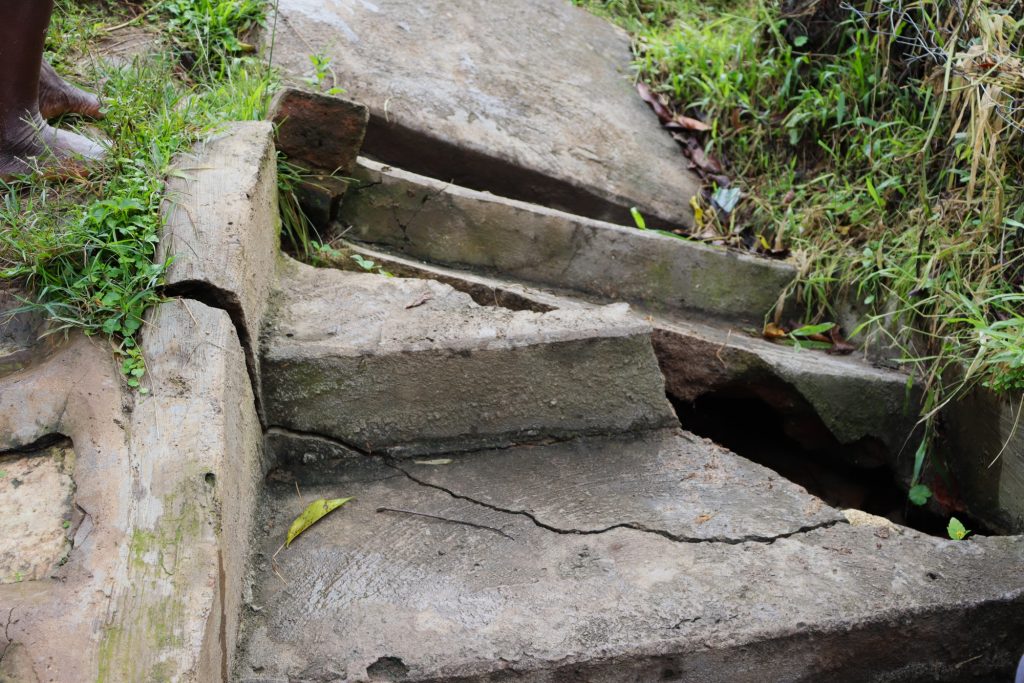
Heavy rains had eroded the soil beneath the protected spring’s stairs until, one day, the stairs collapsed.
“The staircase that helps community members safely access the spring was severely damaged, creating a serious safety concern,” described our Director of Monitoring, Evaluation, Resolution, and Learning, Allison Gregory. “Three of the individual stairs had collapsed, and we observed significant structural damage that likely put the entire staircase at risk of further failure.”
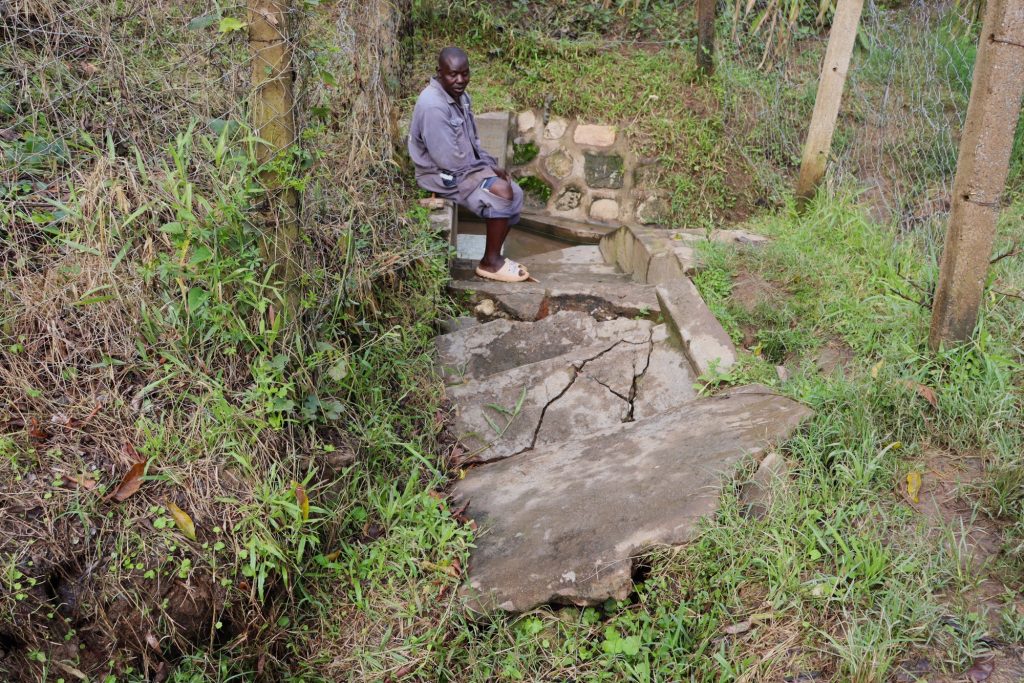
How did this impact the community?
The breakage didn’t make fetching water impossible, but it did make the chore much harder than it had been before.
“I felt frustrated because it made accessing the water point difficult,” said 54-year-old community mother Everlyne Osinde. “I spent more time at the spring than I would have liked, taking away valuable hours that could have been used for other socioeconomic activities, such as farming.”
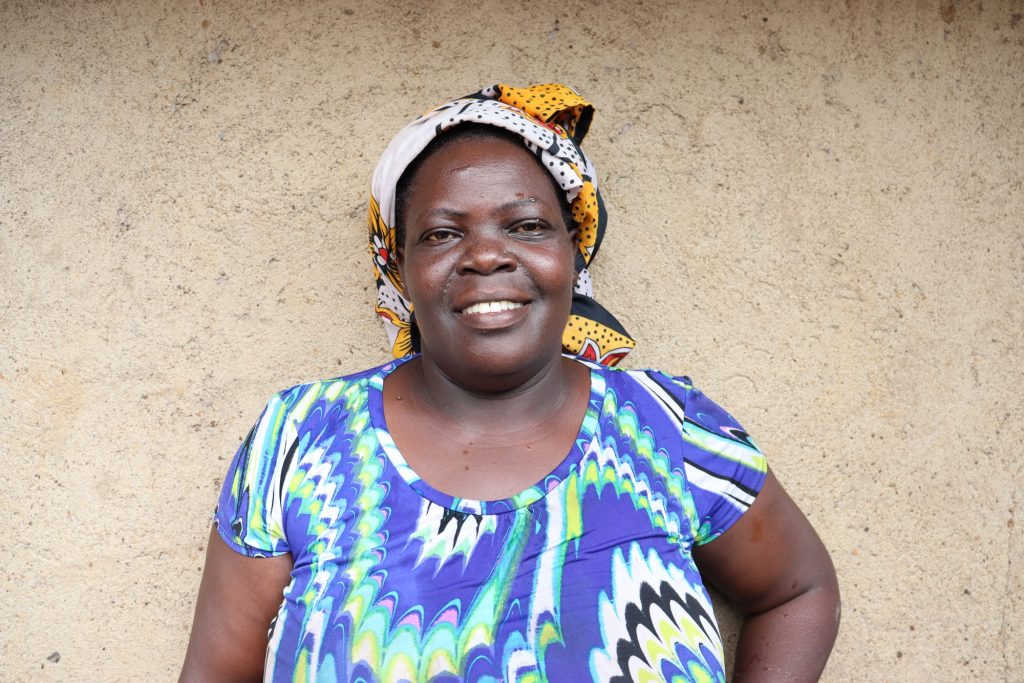
“Life was not easy when the stairs were broken,” Everlyne continued. “Accessing the water point became a challenge, especially during the rain when the area was slippery. It was difficult to send children to the spring, and it was unsafe for two or more people to draw water simultaneously, as this could cause further damage to the already broken stairs. The hazard of slipping and falling made it dangerous for anyone coming to collect water.”
“Damage to the stairs did not halt access to the spring water, but it made accessing water more difficult and hazardous, thereby impeding access,” Allison said. “A water user carrying multiple heavy water containers would likely have struggled to navigate these broken stairs. It’s possible that some people were even deterred from using this spring due to safety concerns.”
As soon as our team saw those broken stairs, they worked to schedule a repair as quickly as possible.
How did we fix it?
First, we asked the community members to collect locally available construction materials like large stones, gravel, sand, and bricks. We brought waterproof cement, labor, and expertise, but including the community in repairs like this helps to cultivate a sense of ownership and community among the people served by the spring. When they are all brought together with a common goal, members own their project and work together towards its sustainability.
It took about five days to schedule the repair and gather everything we needed. Then, our construction artisan arrived to clear out the old stairs. Community members first helped to lift out the chunks of old cementwork, and then schoolchildren helped bring the supplies from the local houses to the construction site.
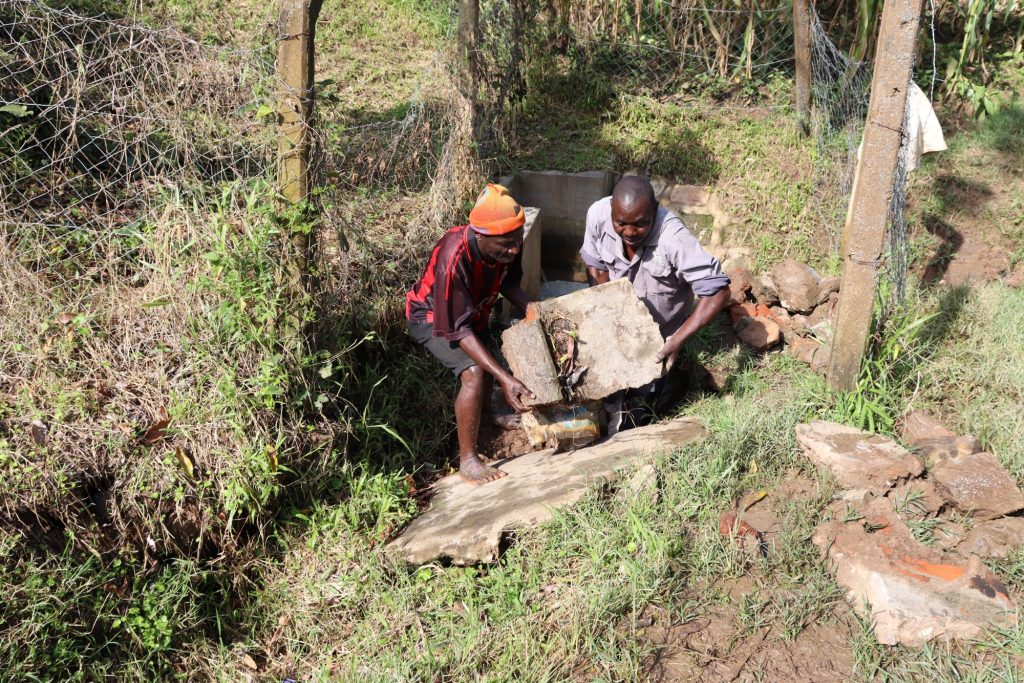
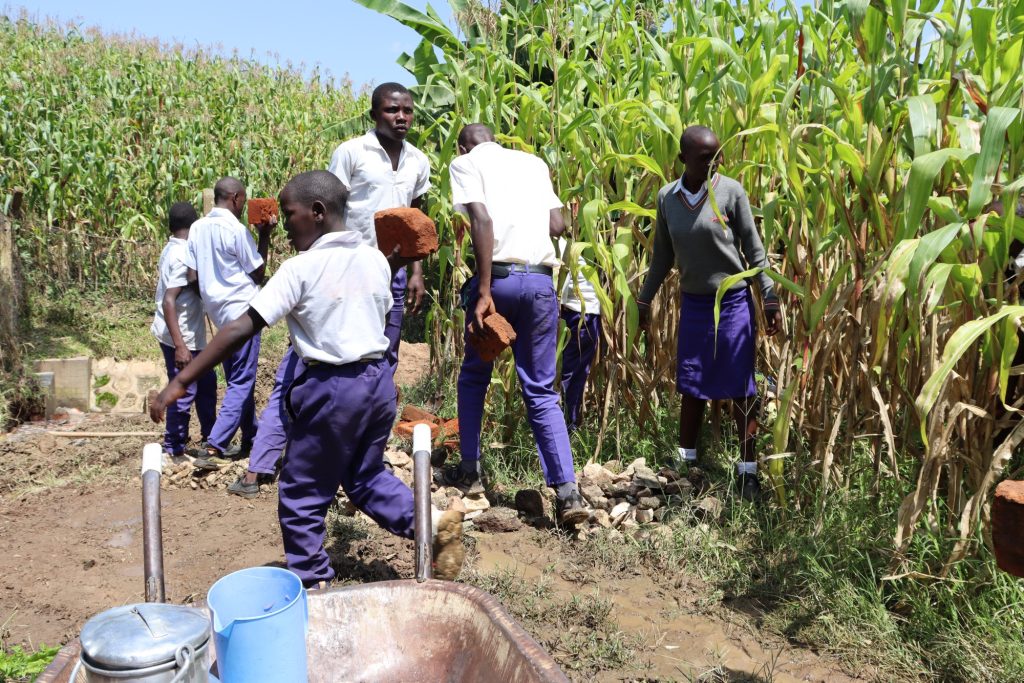
The artisan then laid out bricks to form the stairs and covered them in new waterproof cement. All that remained was to let them dry and cure for a few days.
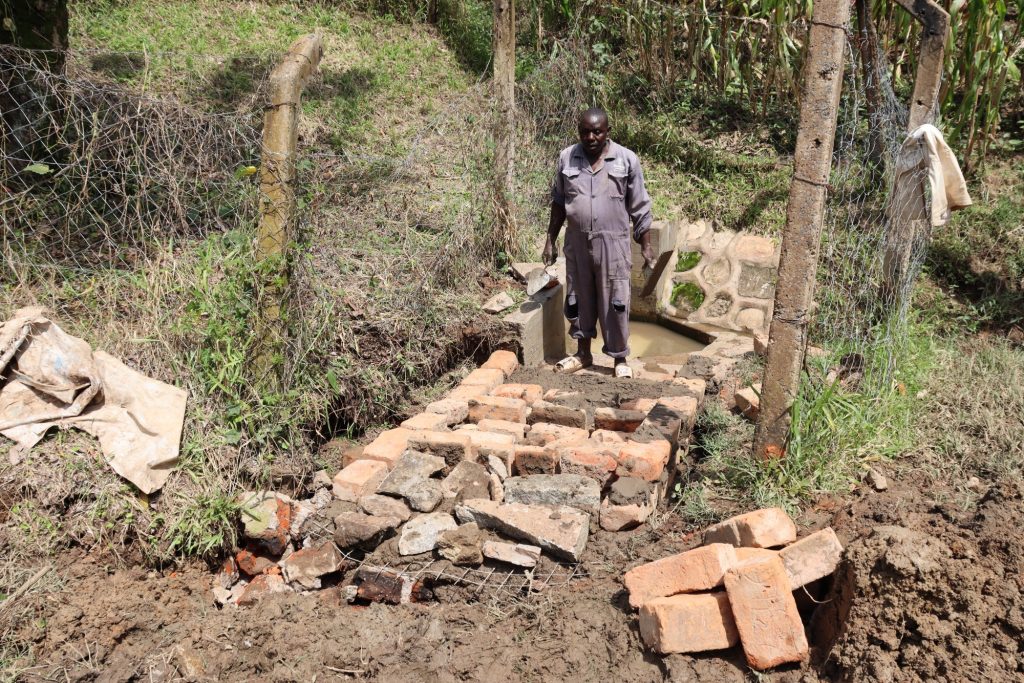
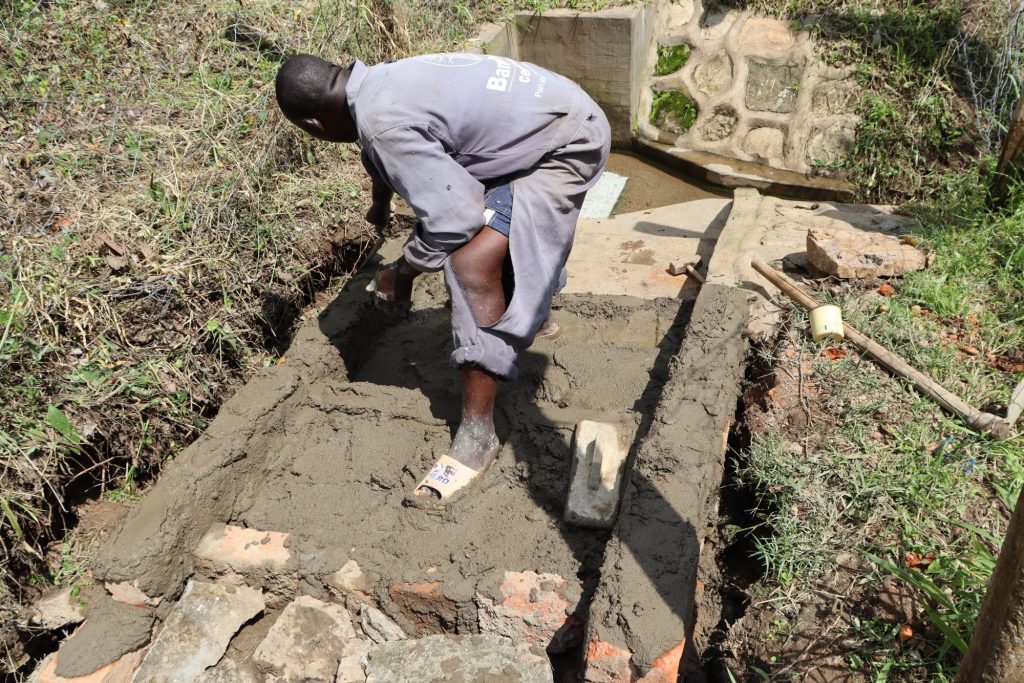
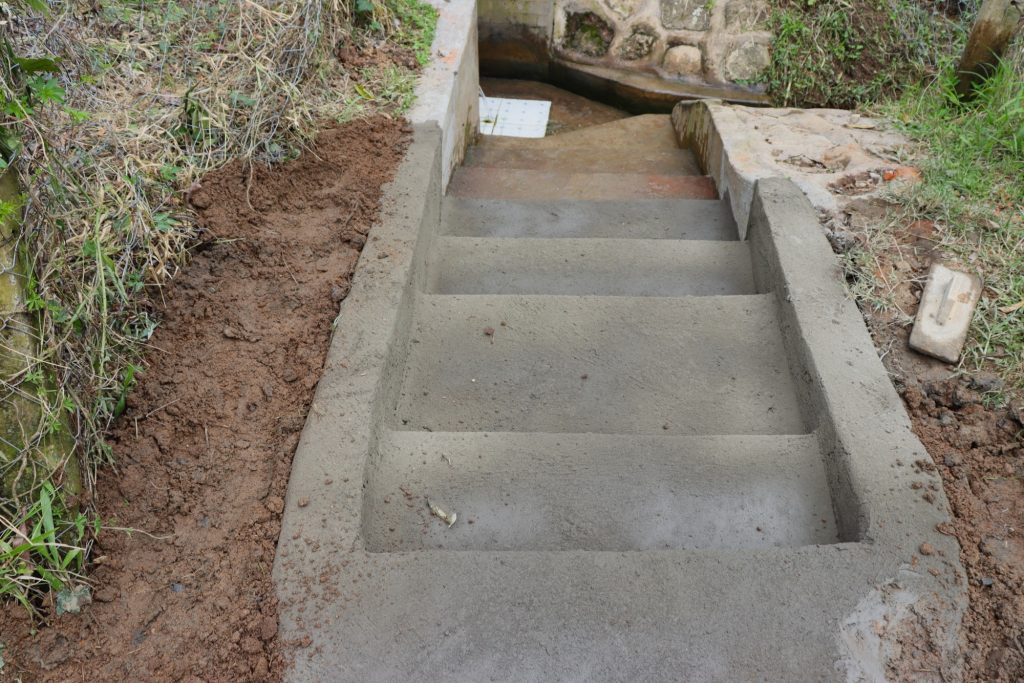
How did community members react to their newly restored water point?
“Now that the water point is functioning again, I feel incredibly happy and grateful for the restoration of the protected spring,” Everlyne said. “I can now access water with minimal challenges as the spring is easily accessible.”
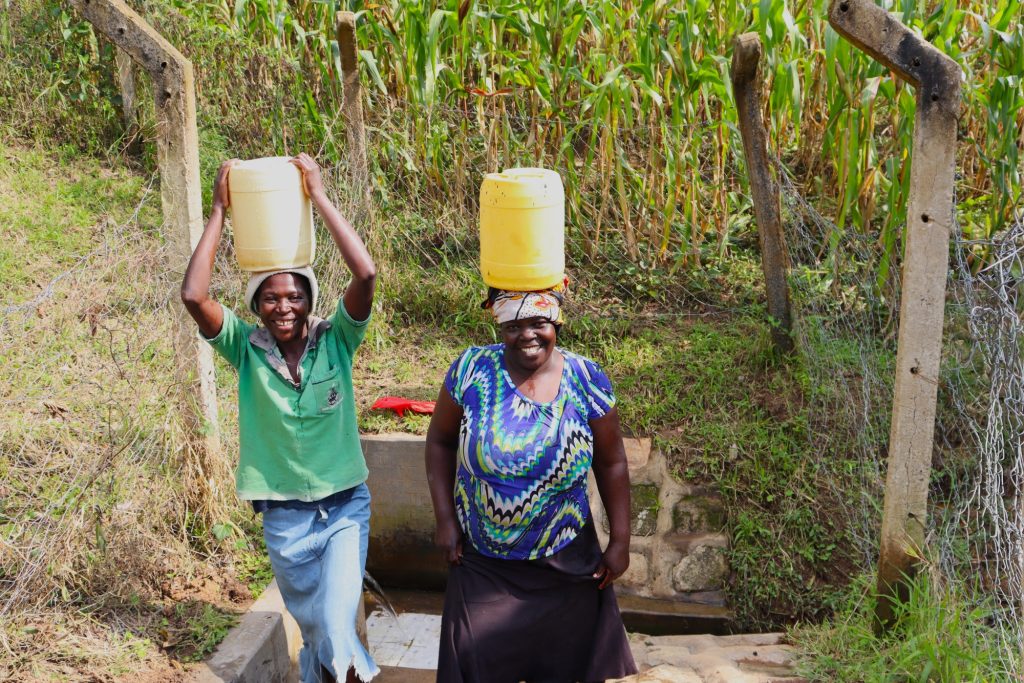
Our team members explained to Everlyne that it’s supporters like you who help repair the spring through our Water Promise. We promise to keep safe water flowing in every community we serve. The thought warmed Everlyne’s heart.
“It is humbling and a blessing to know that my community is supported by generous individuals from faraway places who engage in charitable work to improve our livelihoods,” Everlyne said.
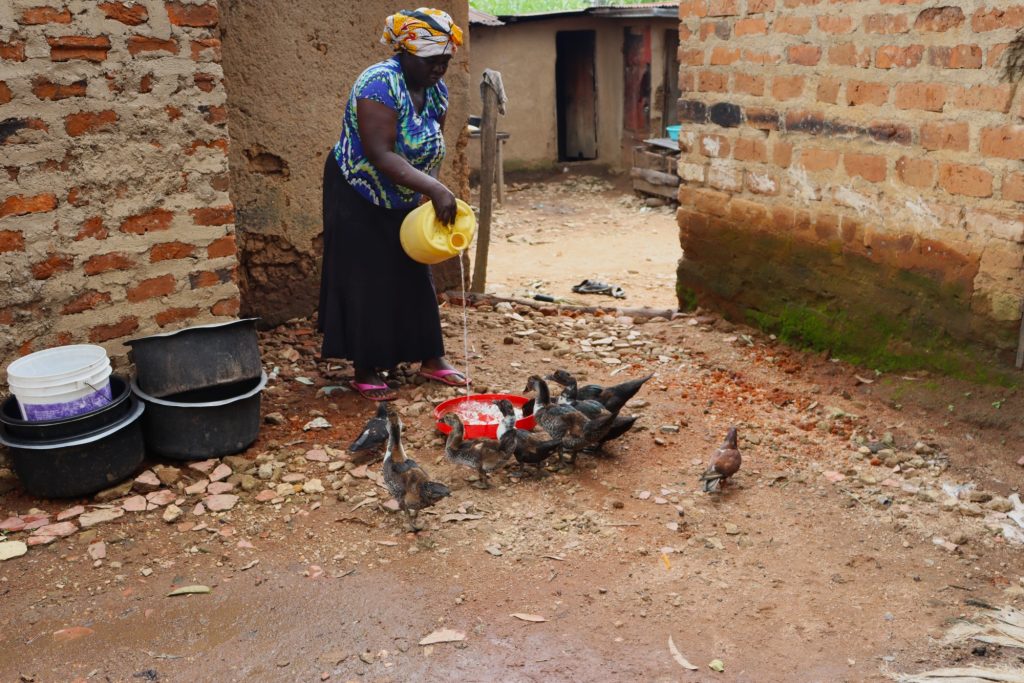
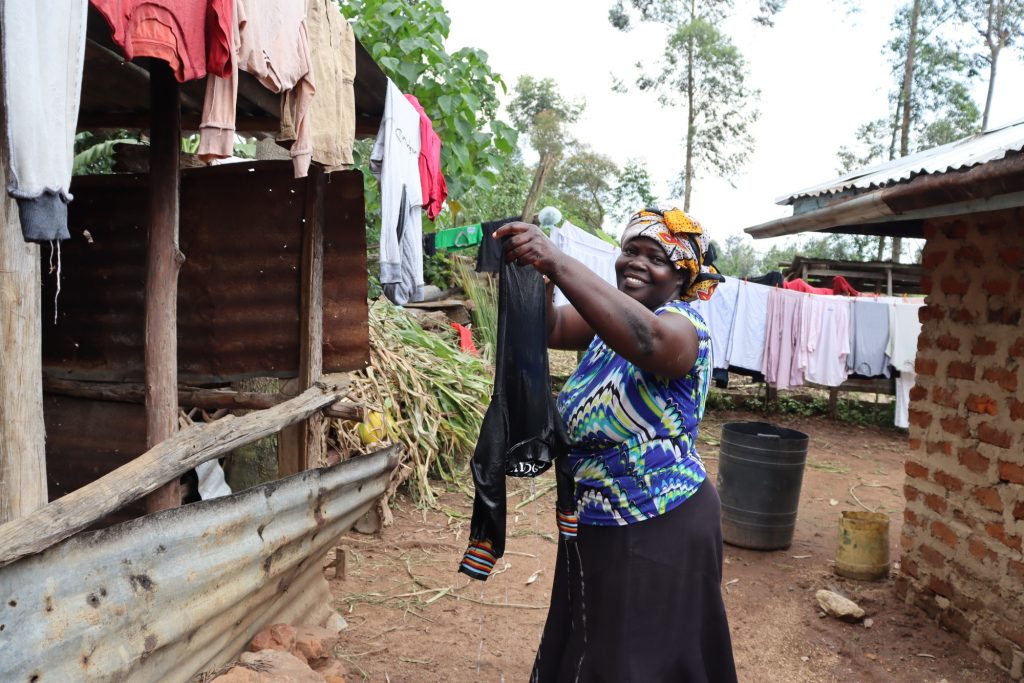
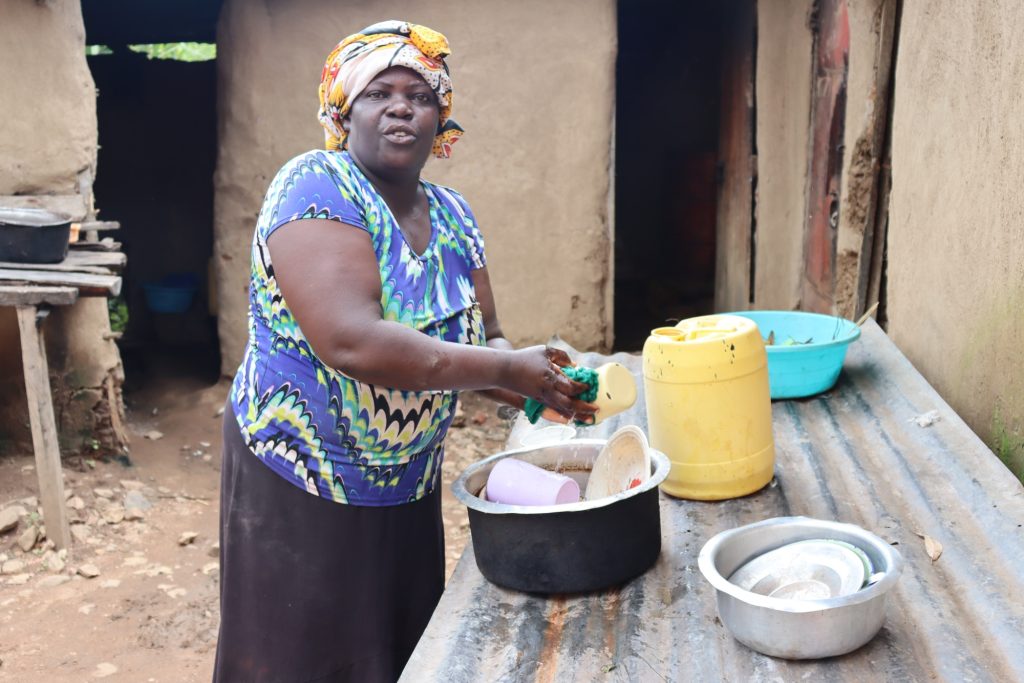
“I derive great satisfaction from knowing that our implementation partner has a system in place for monitoring the functionality of the projects they implement. Without the repairs, the stairs could have deteriorated further, leading to non-functionality and rendering the protected spring useless for our community. All the benefits of the protected spring would have been lost.”
“I want to express my heartfelt appreciation for the high project implementation standards that ensured our water source’s functionality,” Everlyne continued. “I also extend my gratitude for the monitoring of the implemented projects, which guarantees their continued operability. Thanks to their support, many generations will benefit from these initiatives. Their generosity is truly changing lives in our community for the better. I am extremely happy and satisfied with the current state of the water point. Thank you so much.”
Why is a repair like this one so important?
Almost 15% of water points in sub-Saharan Africa fail after one year. 25% of water points fail by their fourth year.
For us, those numbers are unacceptable.
We call our sustainability program The Water Promise because of something our founder, Peter, always says: “Broken water points are broken promises.”
We keep our promises every time we assess a water point’s functionality, replace parts, and show up in the event of a major breakage like this one. But you are the one who helps us do it.
Please consider helping us to keep our water points working every day for moms like Everlyne, who depend on us to keep their families healthy, their children in school, and their everyday lives running smoothly.
Right now, there are other communities waiting for urgent repairs to restore their access to safe water.
Only you can help us keep safe water flowing for families like Everlyne’s — today, tomorrow, and for years to come.
Home More Like ThisTweet